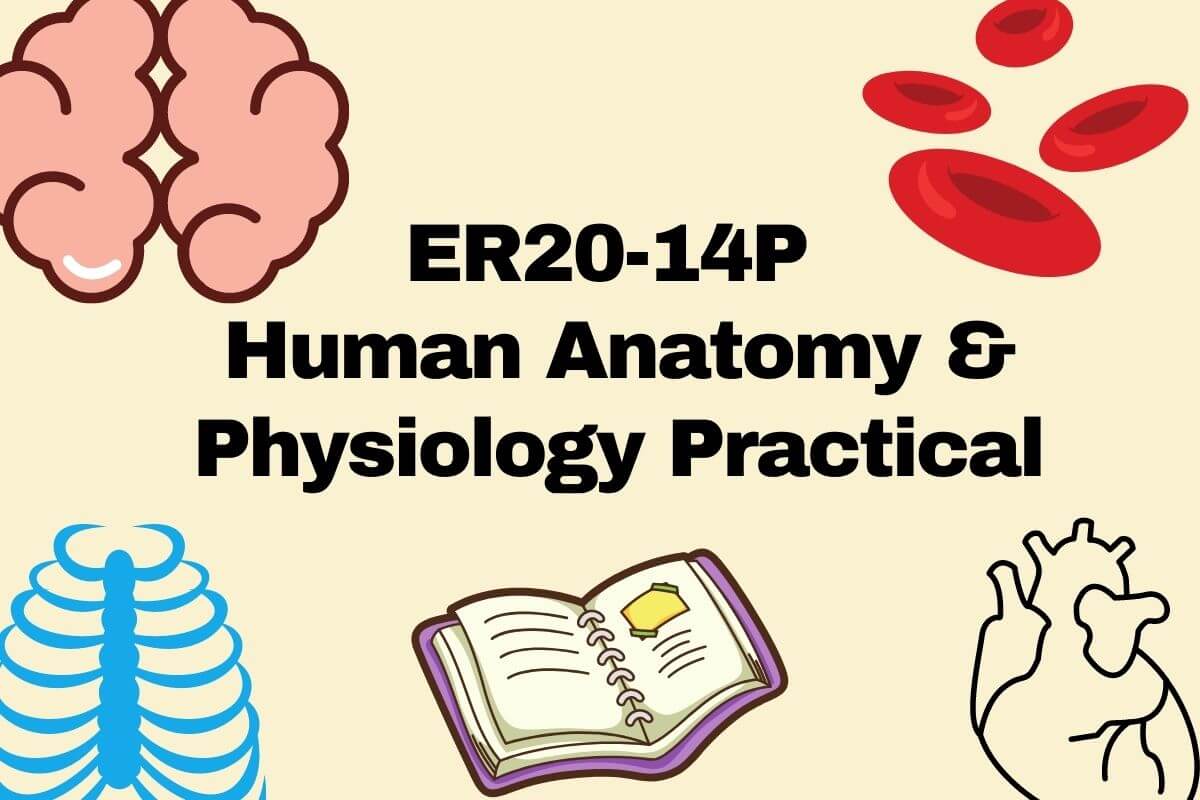
20054 HPP Human Anatomy & Physiology Practical D Pharm
- Study of compound microscope
- General techniques for the collection of blood
- Microscopic examination of
- Cardiac muscle
- Study of Human Skeleton-Axial skeleton and appendicular skeleton*
- Determination of
- Determination of WBC count of blood
- Determination of RBC count of blood
- Determination of Differential count of blood
- Recording of Blood Pressure in various postures, different arms, before and after exertion and interpreting the results
- Recording of Body temperature (using mercury, digital and IR thermometers at various locations), Pulse rate/ Heart rate (at various locations in the body, before and after exertion), Respiratory Rate
- Recording Pulse Oxygen (before and after exertion)
- Recording force of air expelled using Peak Flow Meter
- Measurement of height, weight, and BMI
- Study of various systems and organs with the help of chart, models, and specimens
- Cardiovascular system
- Respiratory system
- Digestive system
- Urinary system
- Endocrine system
- Reproductive system
- Nervous system
- Eye
- Ear
- Skin
F Y D Pharm & S Y D Pharm Notes, Books, Syllabus, PDF, Videos
Suggested readings:
Recommended readings:
What is Legionnaires’ Disease? A Guide to Causes, Symptoms, and Prevention
Introduction Legionnaires’ disease is a serious type of pneumonia caused by bacteria, but it’s not contagious. While outbreaks
Blueberry Recall Alert: What You Need to Know About Listeria Contamination and Safe Handling
Blueberry Recall Alert: What You Need to Know About Listeria Contamination and Safe Handling A recent blueberry recall
Legionnaires’ Disease: Understanding the Invisible Threat and How to Protect Yourself
Legionnaires’ Disease: Understanding the Invisible Threat and How to Protect Yourself Legionnaires’ disease is a severe, often life-threatening



